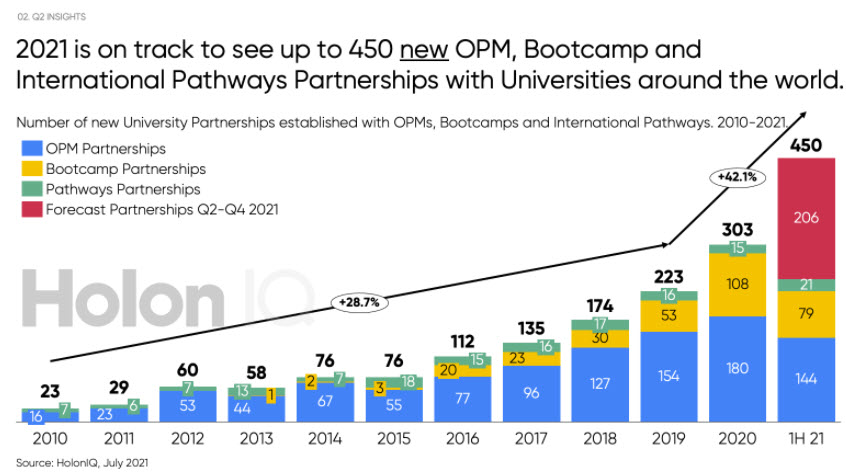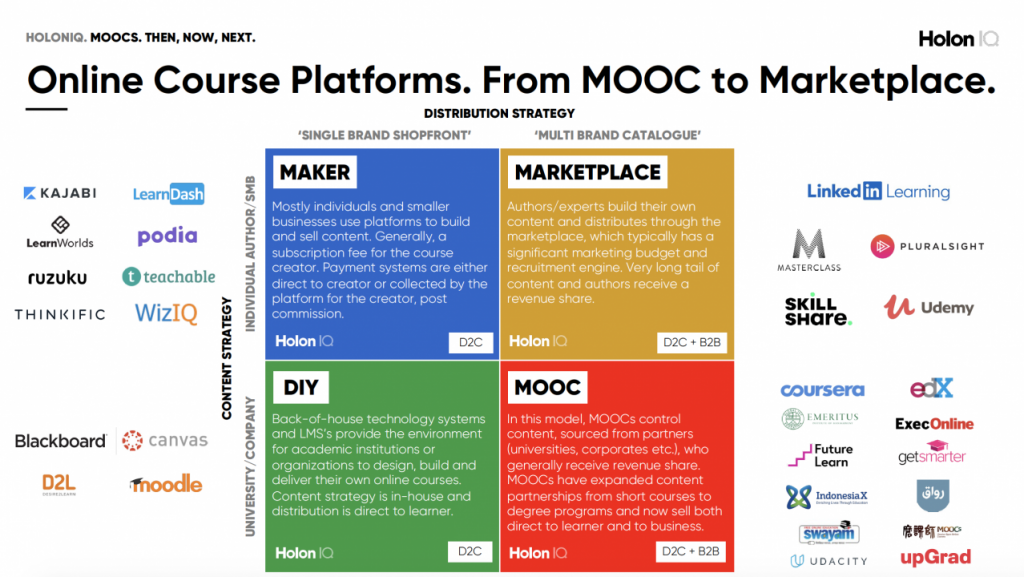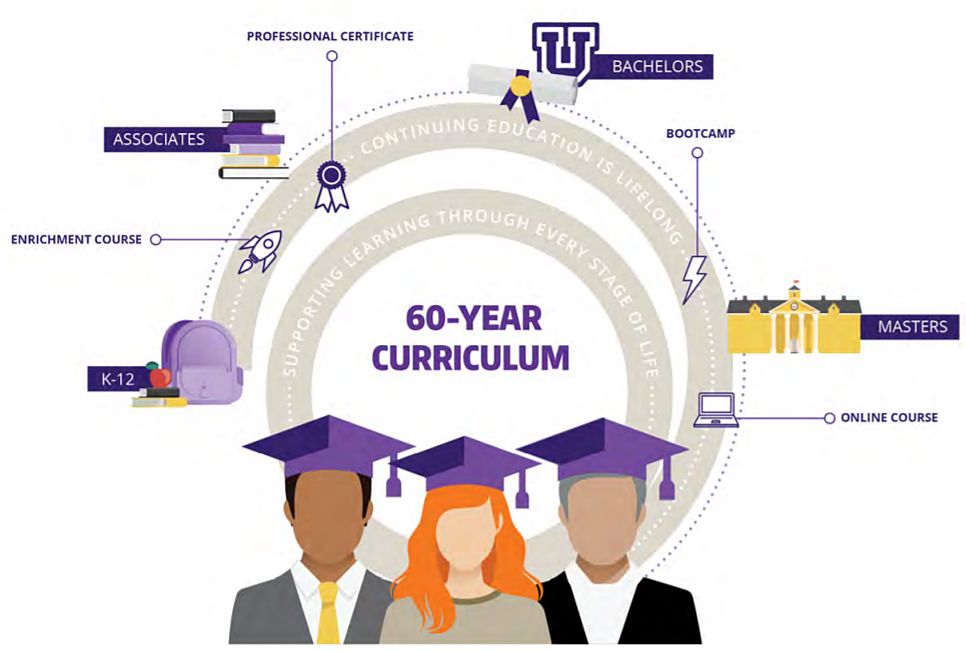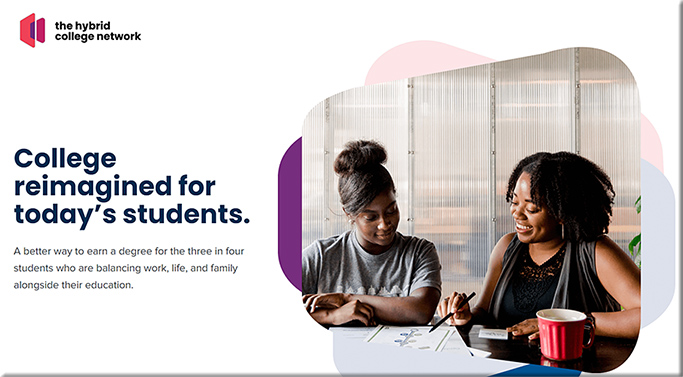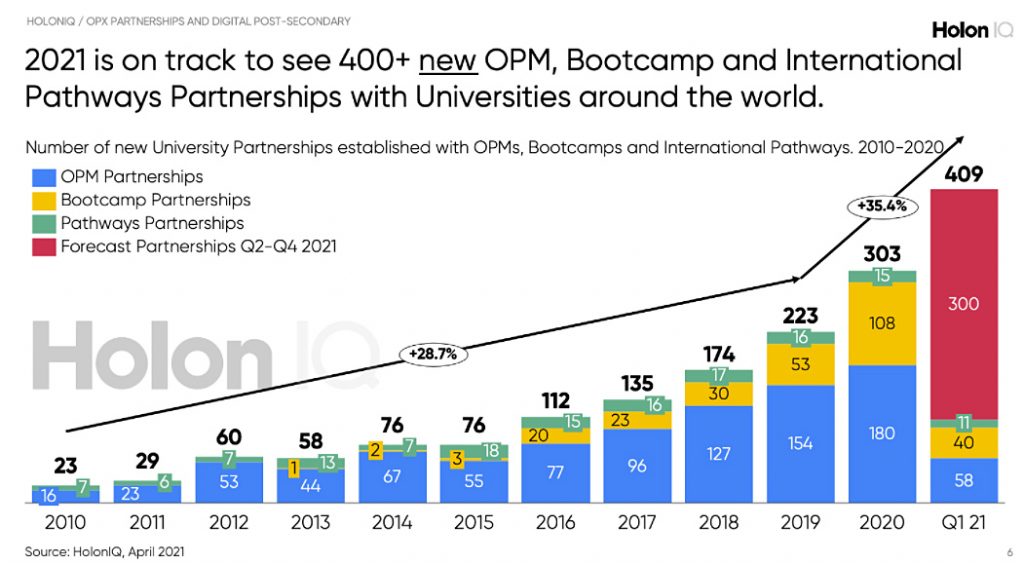Things To Know Now About the Future of Nondegree Credentials — from stradaeducation.org by Amy Wimmer Schwarb
Excerpt:
Certificates. Licenses. Microcredentials. Nanocredentials. Digital badges.
The array of options for postsecondary education and training has exploded over the last several decades, and interest is still growing: According to Strada Public Viewpoint research, 62 percent of Americans would prefer skills training or another nondegree option if they enrolled in a program within the next six months. In the 1950s, 5 percent of American workers held some type of licensure or certification; today, 30 percent do.
In the absence of an existing system from education providers, employers are starting to do the work of standardizing credentials and making them transferable.
“They’re starting to act like a mini higher ed system, and with that comes responsibility, and you could maybe say some accountability,” Zanville said. “There’s some interesting work behind the scenes on what that could look like going forward.”









